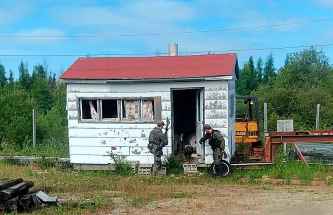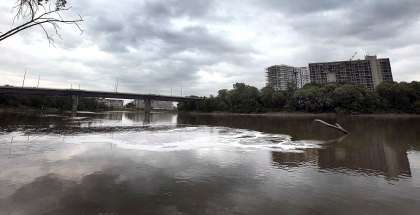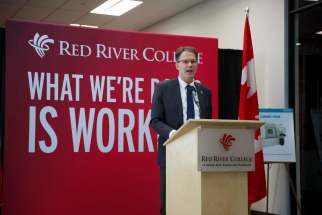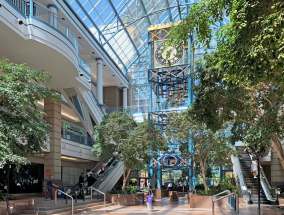Winnipeg’s sewage-filled rivers no place for splashy, pricey politics, it seems
Read this article for free:
or
Already have an account? Log in here »
To continue reading, please subscribe:
Monthly Digital Subscription
$0 for the first 4 weeks*
- Enjoy unlimited reading on winnipegfreepress.com
- Read the E-Edition, our digital replica newspaper
- Access News Break, our award-winning app
- Play interactive puzzles
*No charge for 4 weeks then price increases to the regular rate of $19.00 plus GST every four weeks. Offer available to new and qualified returning subscribers only. Cancel any time.
Monthly Digital Subscription
$4.75/week*
- Enjoy unlimited reading on winnipegfreepress.com
- Read the E-Edition, our digital replica newspaper
- Access News Break, our award-winning app
- Play interactive puzzles
*Billed as $19 plus GST every four weeks. Cancel any time.
To continue reading, please subscribe:
Add Free Press access to your Brandon Sun subscription for only an additional
$1 for the first 4 weeks*
*Your next subscription payment will increase by $1.00 and you will be charged $16.99 plus GST for four weeks. After four weeks, your payment will increase to $23.99 plus GST every four weeks.
Read unlimited articles for free today:
or
Already have an account? Log in here »
Hey there, time traveller!
This article was published 29/07/2019 (2324 days ago), so information in it may no longer be current.
More than eight billion litres of diluted raw sewage poured into Winnipeg rivers last year from the city’s combined sewer system, according to new data released by city hall.
City blames power failure for massive raw sewage discharge into Assiniboine
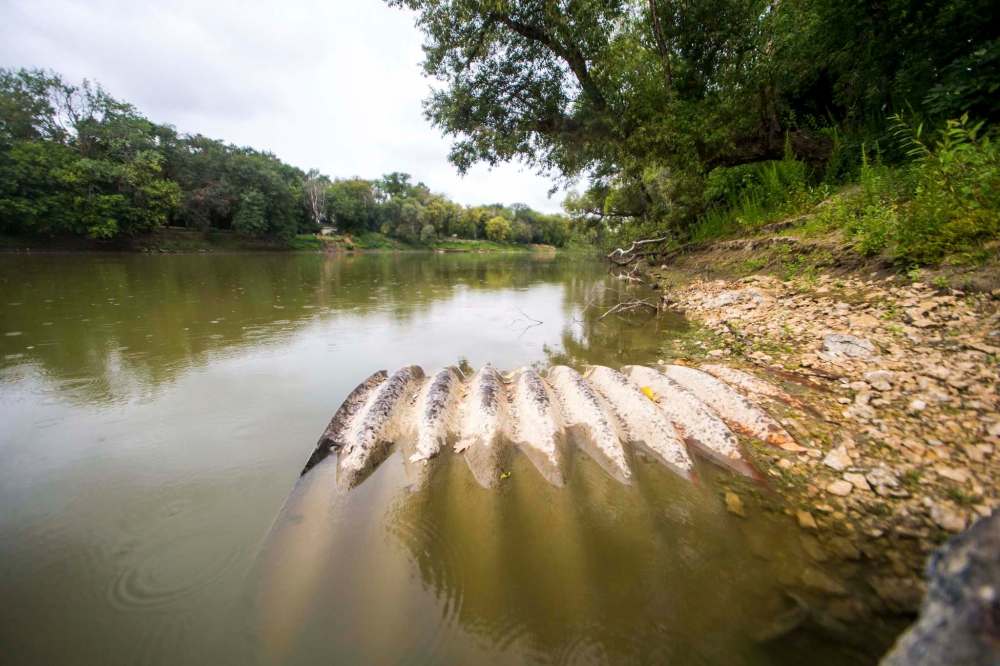
Posted:
Millions of litres of raw sewage poured unabated in Winnipeg's Assiniboine River late Sunday and early Monday, marking the largest local spill on record in years.
That’s enough to fill 3,462 Olympic-sized swimming pools.
Every year billions of litres of untreated sewage, mixed with street runoff, is dumped into Winnipeg rivers when the city’s combined sewers back up. The spills, which occur almost every time it rains and during snowmelts, are contributing to the ecological degradation of Lake Winnipeg.
While the city’s wastewater branch has been chipping away at the problem with small improvements over the years, the billions of dollars required from all levels of government to solve the problem on a larger scale have still not been committed.
The new data posted online last week reports 8.65 billion litres of diluted, untreated sewage was discharged into Winnipeg rivers in 2018.
That’s up from 6.6 billion litres the previous year, although precipitation levels in 2017 were below average. Since 2013 — the year the city began measuring combined sewer overflows — the average annual discharge is 8.9 billion litres.

!function(e,t,s,i){var n=”InfogramEmbeds”,o=e.getElementsByTagName(“script”)[0],d=/^http:/.test(e.location)?”http:”:”https:”;if(/^/{2}/.test(i)&&(i=d+i),window[n]&&window[n].initialized)window[n].process&&window[n].process();else if(!e.getElementById(s)){var r=e.createElement(“script”);r.async=1,r.id=s,r.src=i,o.parentNode.insertBefore(r,o)}}(document,0,”infogram-async”,”https://e.infogram.com/js/dist/embed-loader-min.js”);
About 31 per cent of Winnipeg is serviced by combined sewers. Unlike newer parts of Winnipeg where street runoff and sewage are collected separately, combined sewers carry both in a single pipe. Normally the sewage and rainwater are treated before they’re discharged into the river. But during most rainfalls, the system backs up and forces untreated sewage and land drainage into the river.
The city has only been publishing detailed statistics about combined sewer overflows since 2016, including the dates, location and amounts of each overflow. (Combined sewer overflows are reported separately from the less frequent, and typically smaller, sewage spills that occur due to mechanical breakdowns, such as pump failures).
There were 1,353 combined sewer overflows in 2018, far more than the average of 22 spills a year the city has for years reported. Overflows occurred on 99 separate days last year from 76 separate outflows.
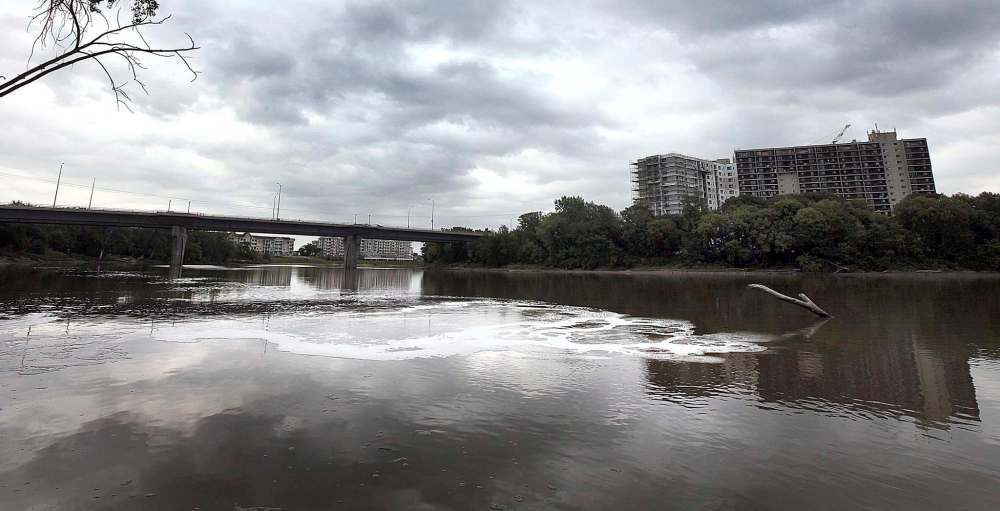
The biggest spills came from the Armstrong outflow near Kildonan Park. More than 1.1 billion litres of diluted sewage poured into the Red River from that location in 2018. The second highest was the St. Johns outflow, near St. John’s Park, with a release of 633 million litres last year.
There is no reliable data that shows the ratio of sewage to water for individual spills. It’s not measured. However, the city estimates about four per cent of the effluent is sewage and 96 per cent is street runoff. That ratio comes from the measurement of a single rainfall event in 2015. Based on that, the city says an estimated 346 million litres of untreated, undiluted sewage was discharged last year. That’s close to a million litres a day of raw sewage, on average, going into our rivers. It’s stunning.
There’s no immediate public reaction to these spills because they’re not reported until a year or more later. Even then, this stuff is kept under the radar. The city doesn’t put out news releases to inform people when and how much sewage is going into our rivers.
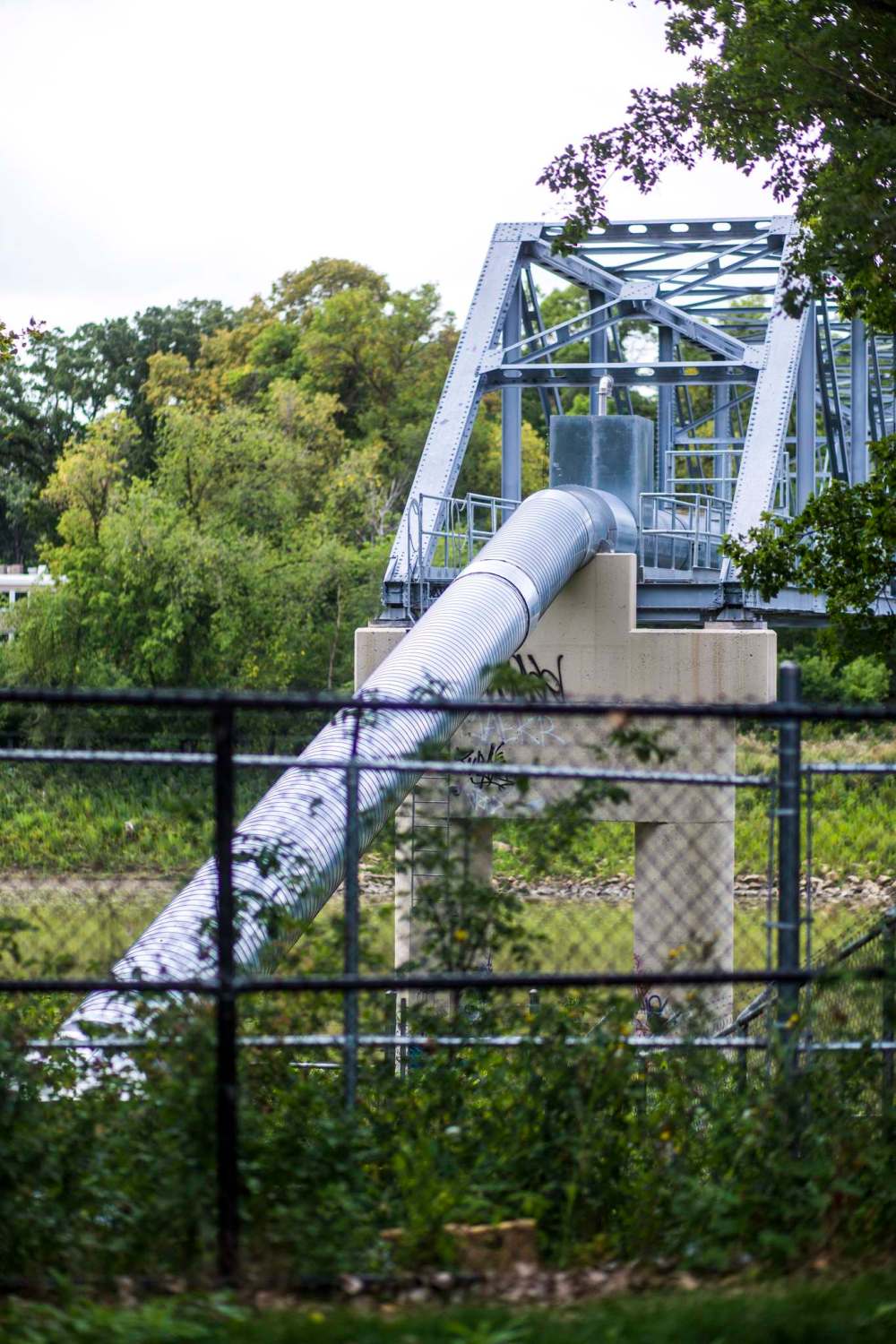
The bigger problem is that senior levels of government haven’t shown much interest in solving this issue, beyond mandating the city do something about it. In 2017, the province directed the city to capture at least 85 per cent of combined sewer overflows by 2045. But there’s been no provincial or federal funding to back that up. And the city doesn’t have the tax base to pay for it on its own.
It’s big money to fix — anywhere from $1 billion to $4 billion over time.
The city has been spending about $26.5 million a year of its own money to separate combined sewer pipes in a few older neighbourhoods. They’ve made some progress around the Cockburn outfall near Jubilee Avenue. And they’re working in areas such as Ferry Road and Riverbend Crescent in St. James. But it’s a small fraction of what’s required to fix the entire 1,037-kilometre network of combined sewers.
It may be that senior levels of government don’t see the ribbon-cutting value of committing that kind of money to something that, for the most part, doesn’t get a lot of public attention.
In the meantime, our waterways and Lake Winnipeg continue to suffer.
tom.brodbeck@freepress.mb.ca
Follow PoopBot for sewage updates
He’s got a nose for the stinkiest news: The Winnipeg Free Press PoopBot tweets when poop hits city waterways.
Pulling data from the City of Winnipeg, PoopBot tweets about the amount of time combined sewers were (or may have been) overflowing into the rivers. When the city reports accidental sewage spills, he tweets those out as well.
Here are a few of PoopBot’s latest tweets:

Tom has been covering Manitoba politics since the early 1990s and joined the Winnipeg Free Press news team in 2019.
Our newsroom depends on a growing audience of readers to power our journalism. If you are not a paid reader, please consider becoming a subscriber.
Our newsroom depends on its audience of readers to power our journalism. Thank you for your support.





